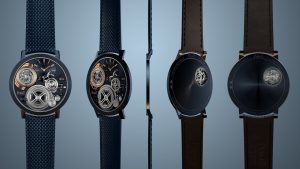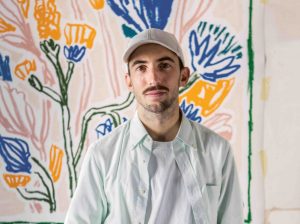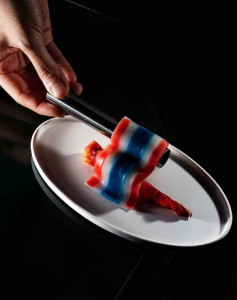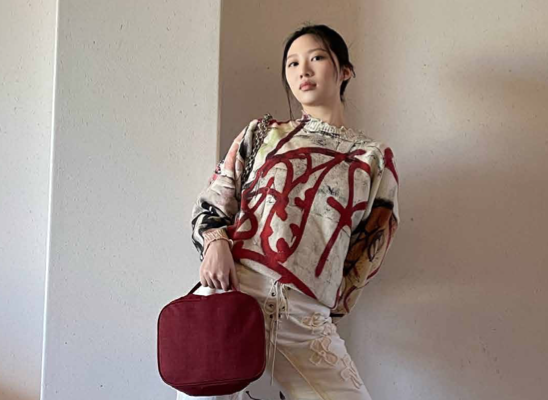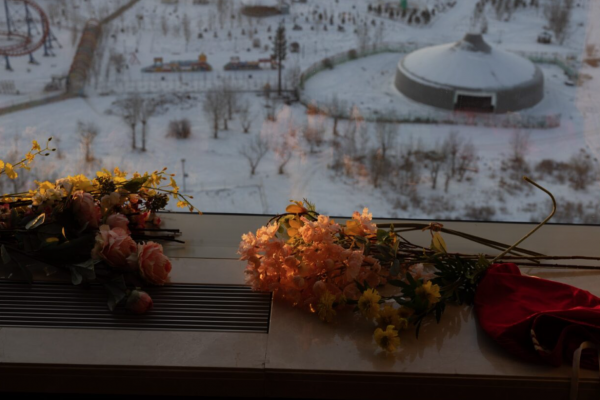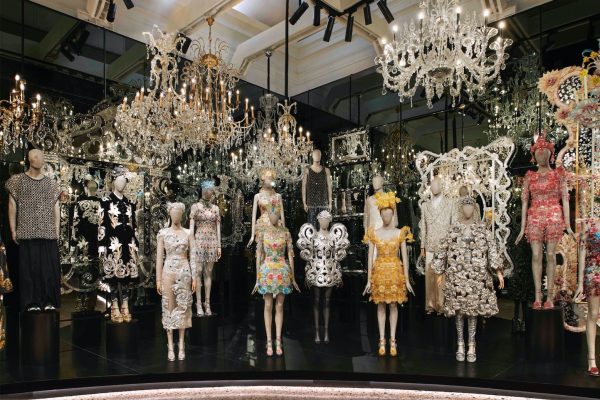#style / #fashion
London Fashion Week Shakes Up Tradition With Mixed Catwalks
BY #legend
January 11, 2017
Men and
women are sashaying down catwalks together at London Fashion Week, in a
shake-up of tradition backed by celebrated designers including Vivienne
Westwood.
The
75-year-old style icon is no stranger to challenging fashion formats —
turning a 2015 London show into an anti-austerity and climate change
march — and deemed her latest move a response to the unisex reality of
fashion.
“My very first fashion shows were always men and women. It’s
particularly unisex now because this time you’ve got lots of men in
dresses.
“You’ve seen women for a hundred years in trousers but it’s all
switched around equally now,” Westwood told AFP, as her new
autumn-winter 2017 collection hit the catwalk at the Seymour Leisure
Centre in London’s Marylebone neighbourhood.
Westwood is not unique in choosing to unite her menswear and
womenswear collections on the catwalk — at least 10 houses have used
Fashion Week in London to present collections for both genders.
While London may not have the glamour of Paris, Milan or New York, it
is certainly making the most of its experimental reputation.
Within the fashion world this mixing of men’s and women’s shows has
been dubbed “co-ed” — a play on the “coeducational” term used for mixed
schools.
This shift in strategy is changing the way fashion houses run their business, including Burberry. The British fashion heavyweight announced in 2016 it would cut its runway schedule from four to just two shows a year.
Burberry said it aimed to create a “seasonless, immediate, and
personal” format with the change, with the collection available in-store
and online immediately after the show.
“The changes we are making will allow us to build a closer connection
between the experience that we create with our runway shows and the
moment when people can physically explore the collections for
themselves,” said Christopher Bailey, Burberry CEO.
In essence, fashionistas of the 21st century are demanding much quicker access to collections.
In the same spirit, Burberry has merged its three lines (Brit, London
and Prorsum) to create one label, which the fashion house said was
“designed for a worldwide audience”.
Paul Smith has also followed the trend and, while absent from London,
it will present both its men’s and women’s collections in Paris on
January 22. The fashion house has been creating menswear since 1970, with
womenswear launching in 1994, and it said combining them was “a natural
step to reinforce the correlation between the two lines.
Paris will also see Kenzo, part of the LVMH group, unite its men’s
and women’s collections after first testing the formula last June.
For Hywel Davies, fashion programme director at London’s prestigious
Central Saint Martins design school, the “co-ed” trend is both a
financially-sound move but also fits in with the industry’s openness to
change.
“It is about the industry looking how to best present their vision
and putting mens and women show together makes commerce sense. Why pay
for two shows when you can communicate your message in one?” he told
AFP. “I think it is a positive thing that the fashion industry is
constantly changing and looking at new ways of communicating its ideas.
Change is good. It would be great if more fashion brands considered
other ways of presentation instead of just catwalk shows.”
Financially, necessity is even more relevant for smaller brands, such
as Sibling, a funky brand created by three British designers which moved
to mixed shows with its spring-summer 2015 collection.
Creating a show for both men’s and women’s collections is “a much
more realistic process, as well as from a production and design point of
view”, said Sid Bryan, one of the label’s stylists. “The timeframe work into a January show and a February show, with men
followed straight by women, is virtually impossible. We’re a small
team.”










